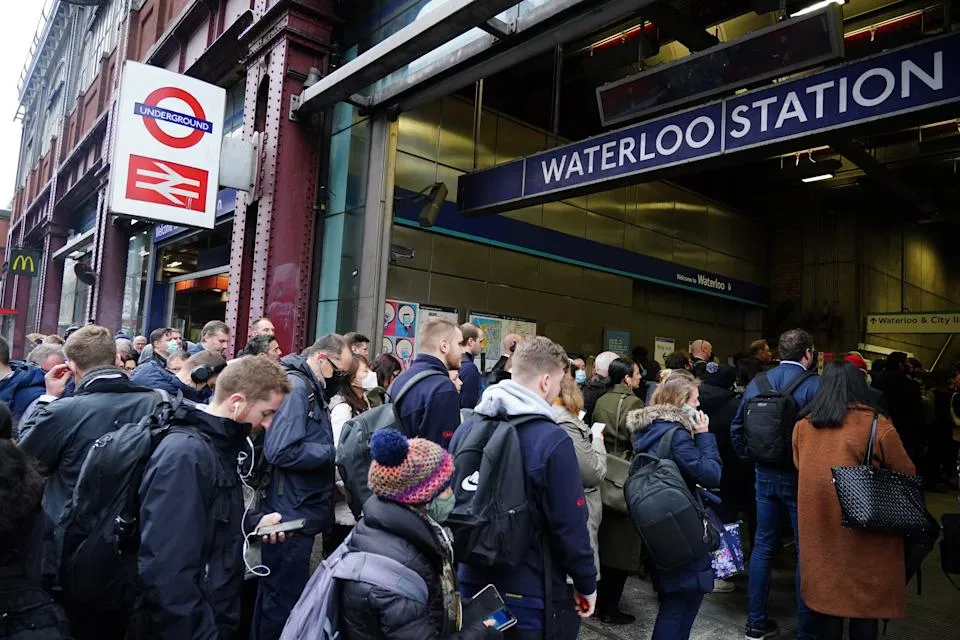News & Updates
London Underground Strike Impacts Millions

Commuters across London faced severe disruption today as a 24-hour strike by Transport for London workers brought much of the city’s Underground network to a halt. The industrial action, organized by the Rail, Maritime and Transport Workers Union, is part of an ongoing dispute over pay, pensions, and working conditions. It marks one of the largest coordinated transport shutdowns of the year, affecting nearly five million daily passengers.
Stations across central London were closed early in the morning, forcing commuters to seek alternative routes. Buses, taxis, and cycle-sharing services were overwhelmed, with long queues and delays reported throughout the day. Traffic congestion surged across major routes including the North Circular, Euston Road, and Westminster Bridge, resulting in longer travel times and increased emissions from stationary vehicles.
Union representatives stated that members are demanding fair compensation in line with inflation, job security assurances, and clarity on long-term pension reforms. They argue that years of wage stagnation and staff cuts have left workers struggling with rising living costs. Transport for London, however, maintains that current offers are reasonable given budget constraints and post-pandemic revenue losses.
The disruption comes at a critical time for the capital’s economy. Businesses in central districts reported lower foot traffic and reduced sales, particularly in hospitality and retail. Analysts estimate that a single day of transport strikes costs London’s economy over £200 million through lost productivity and delayed deliveries. Several small businesses near transport hubs said they faced order cancellations and reduced operating hours.
Government officials have urged both parties to return to negotiations, emphasizing the need to protect the city’s workforce and maintain public confidence in its transport network. The Department for Transport reiterated that reforms are essential for modernizing operations but must balance efficiency with fairness.
Public sentiment remains divided. While some commuters expressed frustration at the disruption, others voiced support for workers seeking better pay in the face of rising living expenses. Online campaigns calling for constructive dialogue gained traction as thousands shared images of overcrowded buses and packed pavements.
As the strike concludes, attention turns to whether further walkouts will be scheduled in the coming weeks. The outcome of this dispute is likely to shape future labor relations in London’s transport sector and determine how the city adapts to ongoing economic pressures.




















